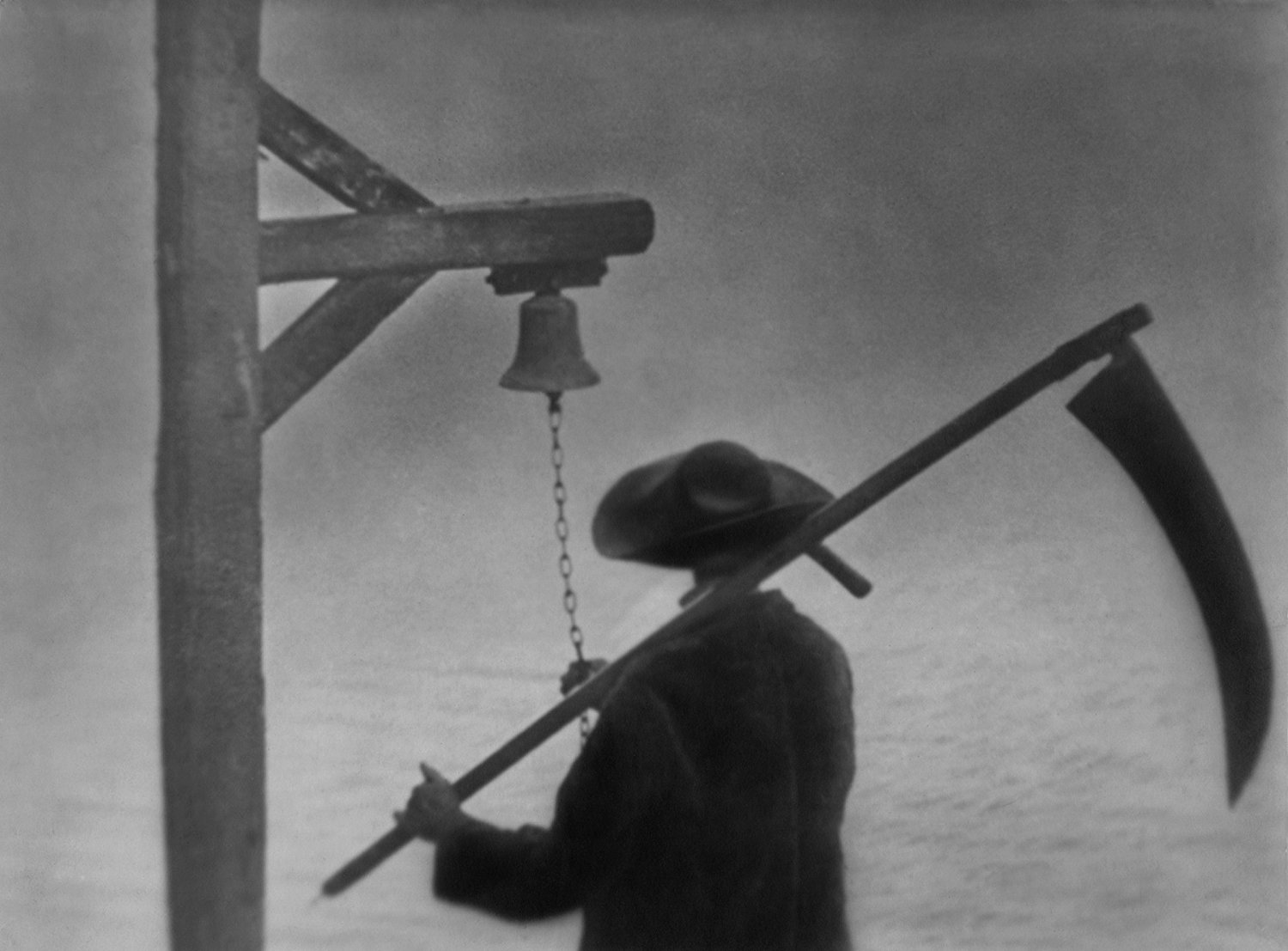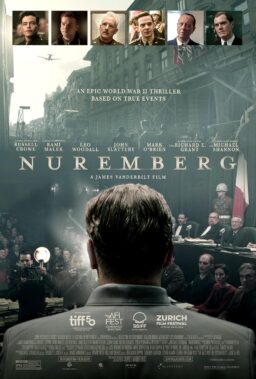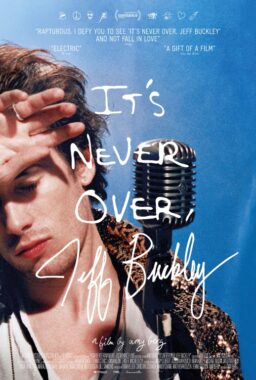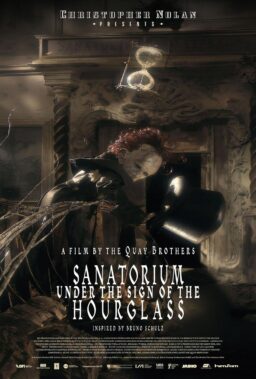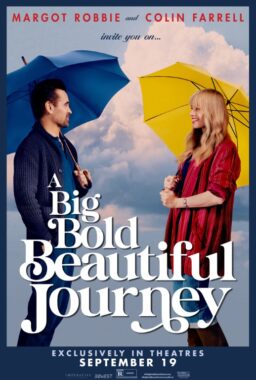This is the month when leaves fall, the sun sets earlier, and national interests turn to horror films. Genre junkies who love movies like this year-round feel more comfortable singing the praises of their favorites while those who rarely watch movies with death and terror are more likely to do so. The Criterion Collection has never shied away from horror films, inducting a number of classic ones into their exclusive club, including Carl Theodor Dreyer’s mesmerizing “Vampyr,” which was just upgraded from its 2009 DVD edition to a lavish Blu-ray edition, complete with a book that includes the script for the film and the short story on which it was loosely based. The special features from the original release are also included, but the real draw is the sound mix and the restoration, both of which are fantastic on Blu-ray.

“Vampyr” is a landmark film for a number of reasons. It was the Danish director’s first sound film and it had to be recorded in German, French, and English simultaneously. Recognizing how difficult this would be, Dreyer uses title cards for a lot of the exposition in “Vampyr,” but it’s the images that make this film timelessly creepy. From the scythe-wielding man on the dock to the dancing shadows that defy logic, “Vampyr” is a dreamlike experience. As Tony Rayns points out on the excellent commentary track, it is a film that lacks basic structural logic—a character who we see upstairs will then be seen going up the stairs—in a way that’s designed to keep viewers confused. Audiences reportedly hated the film when it was first released, but it’s still remarkably powerful because of Dreyer’s emphasis on woozy visuals over simplistic narrative—the “plot” doesn’t even kick in for a half-hour really.
And even then it doesn’t really matter. “Vampyr” is a mood piece, the kind of horror film they don’t really make anymore and barely made then. So much of what’s still entrancing about it is held within its camera tricks—Dreyer’s canted angles, strange perspectives, inhuman shadows, etc.—making it the kind of film that both marvels with its technique and plays with the deeper recesses of your mind as you try to process exactly what you’re seeing.
The supplemental material with the film from Criterion helps understand the film and increase its legacy. Not only are the aforementioned screenplay and short story included but a booklet with detailed essays by Mark Le Fanu and Kim Newman, a piece on the Koerber restoration of the film, and a 1964 interview with producer and actor Nicolas de Gunzburg. The on-disc material is even better, including not just the commentary by Rayns but a video essay by scholar Casper Tybjerg, a documentary by Jorgen Roos called “Carl Th. Dreyer,” a radio broadcast from 1958 in which Dreyer reads an essay on filmmaking, and an alternate version of the film in which the copious amount of on-screen text is in English (rather than German and subtitled below).
Over the years, Criterion hasn’t exactly chosen a large number of horror films, so when they do add one to the collection, as with “Vampyr,” it’s a momentous occasion for genre nuts. Buy it here.
What are the other Criterion horror releases you should pick up for this year’s Film Twitter Halloween party? Let me suggest a few.
6 GREAT HORROR FILMS IN THE CRITERION COLLECTION

“Carnival of Souls” – One of my favorite films of all time, regardless of genre, is this twisted, unforgettable tale of the undead. After surviving a car accident, a young woman starts seeing ghostly figures everywhere she looks. “Carnival of Souls” is an unforgettable experience, the kind of movie that transcends genre and creeps into your dreams. I wrote more about it here. Buy it here.
“The Innocents” – Every critic has a few holes in their canon—films they know they should have seen but haven’t yet—and this was one of mine until its Criterion release. Now, it’s a favorite film. Deborah Kerr stars as the new governess to a couple of rich kids in this adaptation of Henry James’ The Turn of the Screw cowritten by Truman Capote. This is a haunted house film that is genuinely scary with some of the most striking ghostly imagery in the history of the genre. Buy it here.
“Repulsion” – Roman Polanski’s follow-up to his breakthrough “Knife in the Water” is arguably his best film, a chilling dissection of the insanity of solitude and the dangers outside the door. Catherine Deneuve plays Carol, a beautiful young woman who starts to crack when she’s left alone in a London apartment. Is she going crazy or is there something dangerous stalking her? Polanski’s use of angles and clean lines to capture a cruel, cynical world is captivating to this day. And the Criterion release includes a commentary by Polanski and Deneuve. Buy it here.
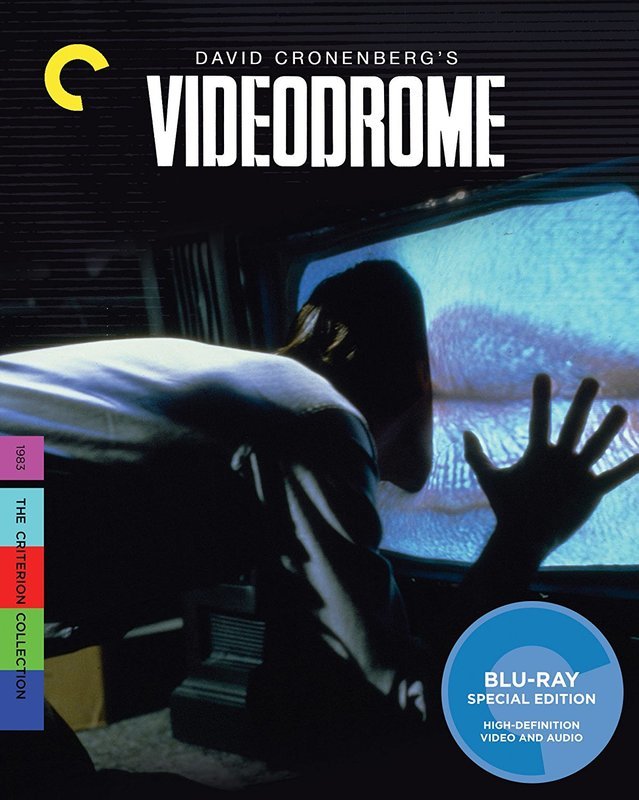
“Videodrome” – There are a few David Cronenberg films in the Criterion collection but this one is probably my favorite, not only for its prescience about our technology addiction but for the sheer power of its visuals. James Woods plays Max Renn, the owner of a cable TV station who’s looking for something new and edgy to play when he stumbles upon a show called “Videodrome.” Where did this dark nightmare come from? Of course, as with most Cronenberg films, the search for answers only leads to pain. Sci-fi, horror, and something distinctly Cronenberg, this is an unforgettable horror film. Buy it here.
“The Devil’s Backbone” – Guillermo Del Toro’s “The Shape of Water” is scorching its way through the fall festival season on its way to top ten lists and awards, and you will hear a lot of comparisons to “Pan’s Labyrinth” and “Crimson Peak” in discussion of it. Dig a little deeper into this master’s filmography and check out this beautiful ghost story set during the final week of the Spanish Civil War. Violence tears at the fabric of reality, whether it’s the grand-scale violence of war or the death of a child. It’s a beautiful, terrifying film—often at the same time. I wrote more about it here. Buy it here.
“Diabolique” – The classic Hollywood story about this great film is that Alfred Hitchcock made “Psycho” because he wanted to make something as scary as “Diabolique.” Try to go into it as unspoiled as possible (and the way the movie reveals its secrets certainly seems akin to the shock value of Hitch’s film) and prepare yourself to be truly shocked. I was young when I first saw “Diabolique” and can still vividly remember the first time I saw that stunning ending. Buy it here.
Six More: “Don’t Look Now,” “The Brood,” “Cronos,” “Scanners,” “The Uninvited” and “The Vanishing.”

